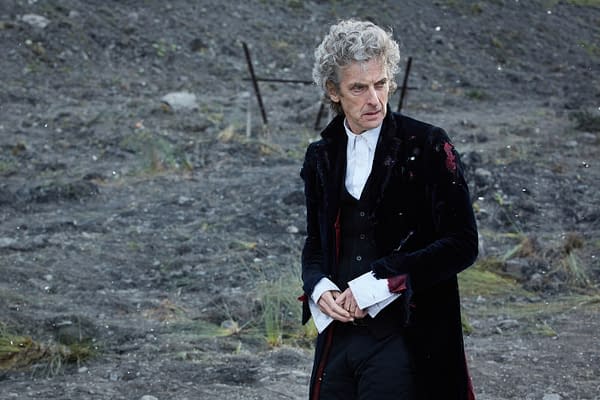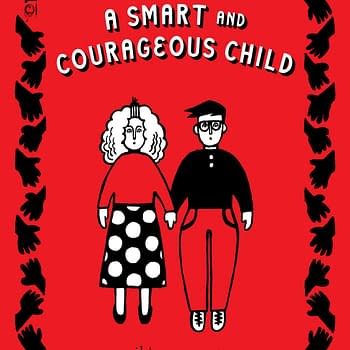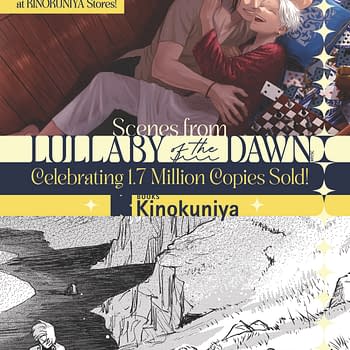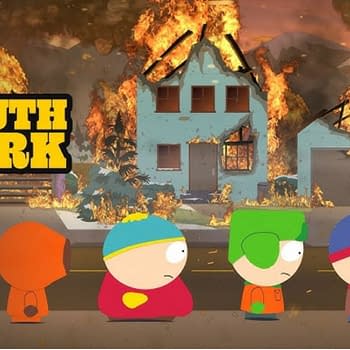Posted in: BBC, Doctor Who, HBO, TV, YouTube | Tagged: bbc, bleeding cool, Buddhist, cable, chris chibnall, david bradley, david tennant, doctor who, jon pertwee, peter capaldi, russell t davies, steven moffat, streaming, television, tv
Doctor Who: Thoughts on the Show's Christian and Buddhist Imagery
Doctor Who is not a religious show. It never was nor did it set out to be. There are, however, quite a lot of religious and spiritual themes built into the show. This is especially true of the show since it was revived in 2005. There were always ideas and themes embedded in the show before, but it took the new showrunners to bring subtext to the front. After all, what good is subtext if it's so hidden nobody notices it?

Russell T. Davies is an atheist and proud of it. He singlehandedly brought the show to the 21st Century and built up a new fanbase including a female viewership in a post-Buffy era. Yet he did more than any writer to use Christian imagery in the show. He often used Christ-imagery to portray the Doctor. That makes sense since he often played up the Doctor as a savior. The Doctor often showed up when all hope was lost. In the Christmas special "Voyage of the Damned", he even had the 10th Doctor (David Tennant) lifted into the air by robot angels.
Davies was also the one who found the religious imagery in regeneration. In the old show, the Doctor usually just lay down or fell down. Davies turned regeneration into a combination of crucifixion and resurrection. The Doctor stands erect and holds out his arms like he's on the cross. The light flows out of his arms and head to form a cross and the TARDIS explodes and burns around him. For an atheist, Davies can be a very Anglican atheist.
The Doctor regenerating has Buddhist ideas behind it. The Doctor dying and being reborn as a completely new person in a new life is consistent with the Buddhist concept of reincarnation. This was at least touched upon back in 1974 when a Tibetan abbot who was a Time Lord (played by a white actor with a cod-Asian accent… the show has had its moments of racism and cultural appropriation that warrants a separate article for another time) oversaw the 3rd Doctor's (Jon Pertwee) regeneration and reassured Sarah Jane and the Brigadier that his life would continue as part of the cycle.

Moffat's final story "Twice Upon a Time" could be read as a Buddhist parable. The 12th Doctor (Peter Capaldi) has died and wanders a landscape that's like purgatory with his young self, the 1st Doctor (David Bradley), rethinking his life before deciding to regenerate – or reincarnate – to become the 13th Doctor (Jodie Whittaker).
Chris Chibnall's recent retcon of our hero's origin as an endlessly regenerating entity, exploited, abused, and forced to regenerate again and again, actually furthers the Buddhist idea of an endless cycle of death and rebirth and a life of perpetual suffering and endless trials, of living again and again. You could read the Doctor's life as forever trying to do the right thing and incurring both good and bad karma. The 12th Doctor's pledge to "always be kind" is both Christian and Buddhist. Whether they mean to do it or not, the showrunners have made Doctor Who the most spiritual Science Fiction show on television.














